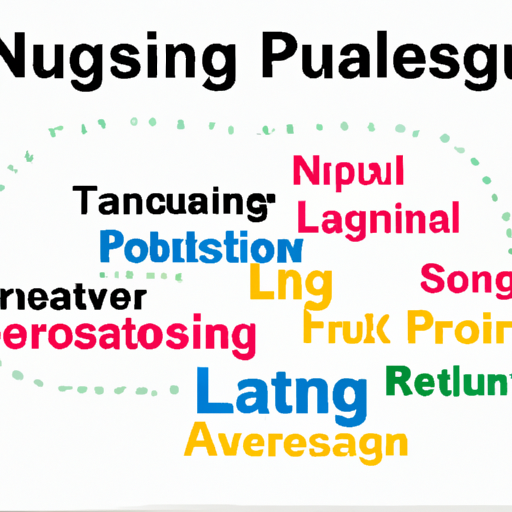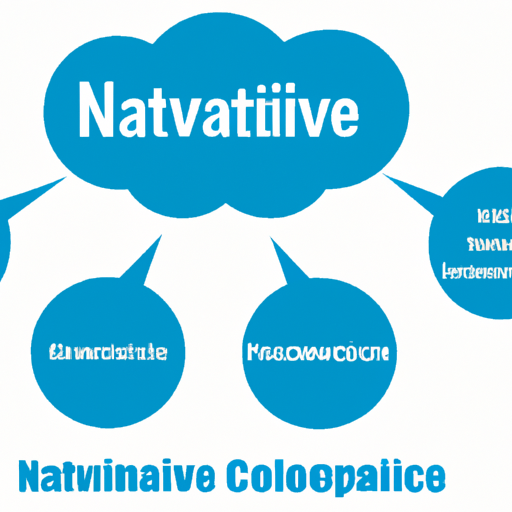As we delve deeper into the digital age, the retail landscape is experiencing a significant transformation. Retailers are increasingly adopting Augmented Reality (AR) to enhance customer experience, streamline shopping processes, and drive sales. With AR, the shopping experience becomes more interactive and engaging, allowing consumers to visualize products in a way that traditional shopping methods simply cannot.
Enhancing Customer Experience with AR
One of the most significant benefits of AR technology in retail is its ability to enhance customer experience. Retailers are now utilizing AR applications to allow customers to virtually try on clothes, test out makeup, and even see how furniture would look in their homes before making a purchase. For instance, popular brands such as IKEA have launched AR apps that enable users to visualize how their products will fit and look in their living spaces, dramatically improving the shopping experience.
Driving Sales and Reducing Returns
AR not only makes shopping more fun but also helps retailers drive sales and reduce return rates. By allowing customers to preview items in an interactive way, retailers can minimize the uncertainty often associated with online shopping. According to recent studies, implementing AR solutions can lead to a significant decrease in return rates and an increase in customer satisfaction, ultimately translating into higher sales.
The Future of Retail with AR
As technology continues to evolve, the potential applications of AR in retail are limitless. Retailers that embrace this technology are likely to stay ahead of the competition, offering unique and enjoyable shopping experiences that traditional methods cannot replicate. With the prospect of virtual shopping experiences becoming more mainstream, retailers must prioritize the integration of AR into their strategies to meet changing consumer expectations.
Conclusion
In conclusion, Augmented Reality is set to revolutionize the way consumers shop. By enhancing customer experiences and streamlining the purchasing process, AR technology is paving the way for the future of retail. As we look ahead, it’s clear that AR will play an integral role in meeting the demands of modern consumers, making shopping more personal and immersive.
Keywords: Augmented Reality, AR, Retail Technology, Customer Experience, Virtual Shopping













